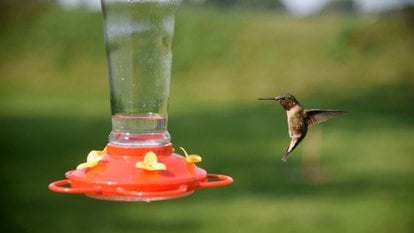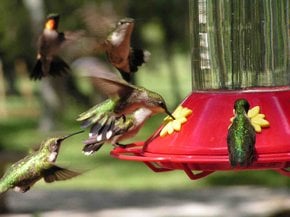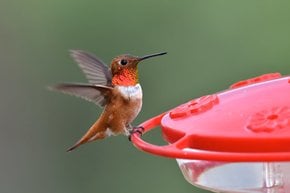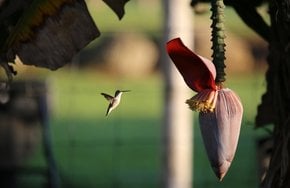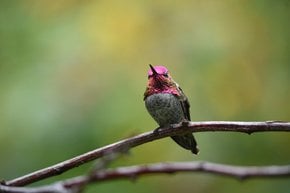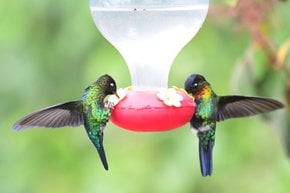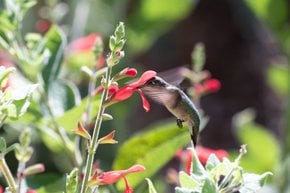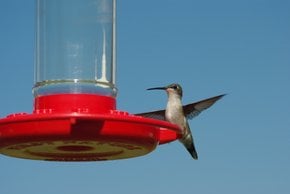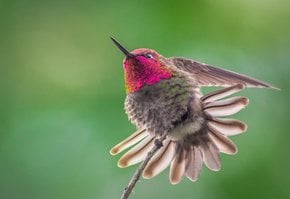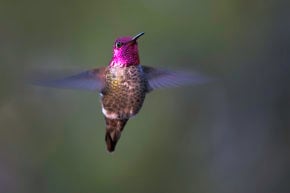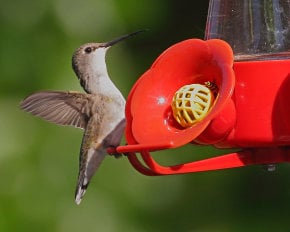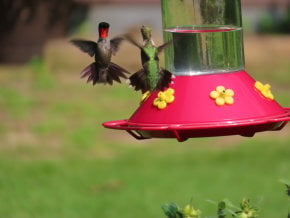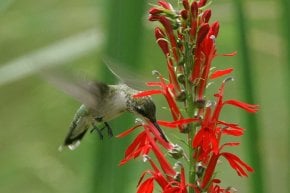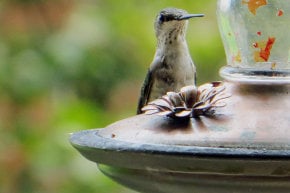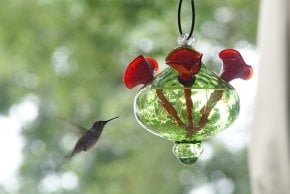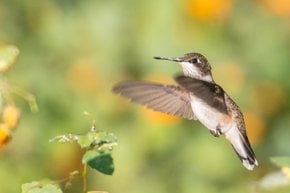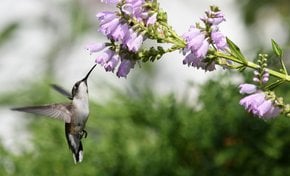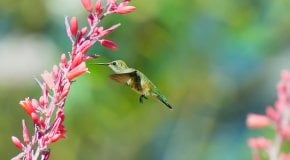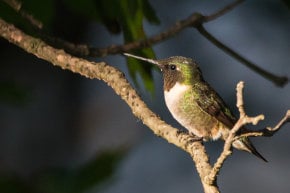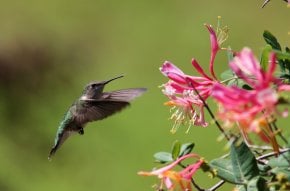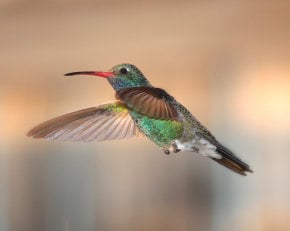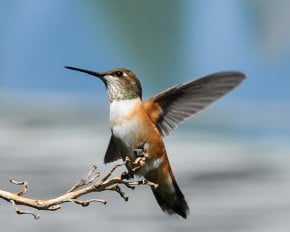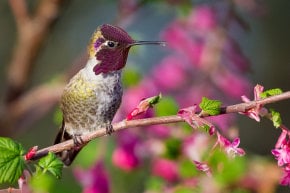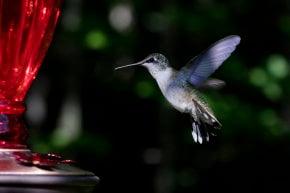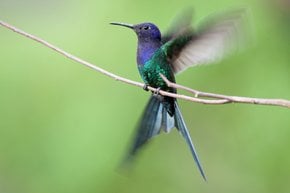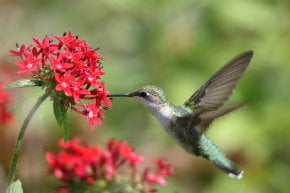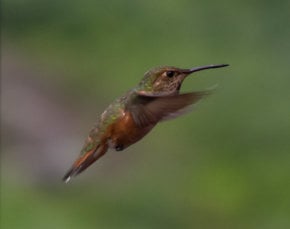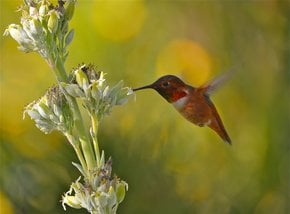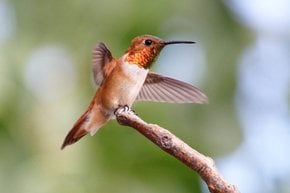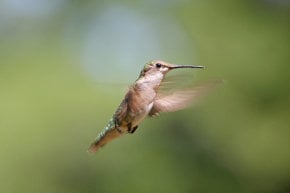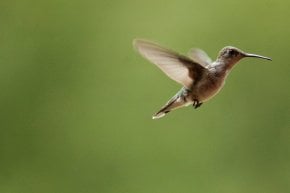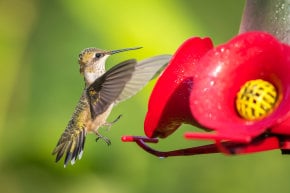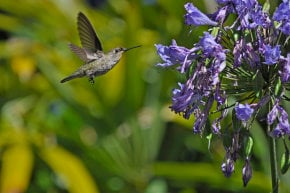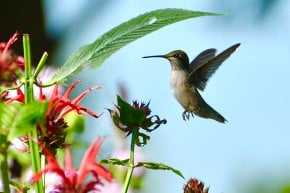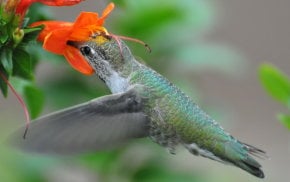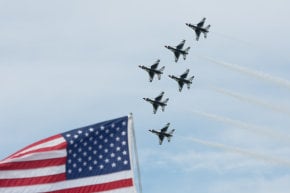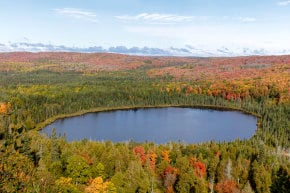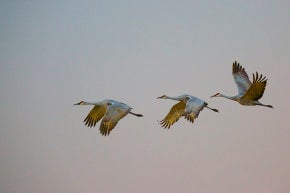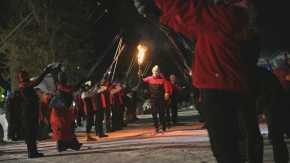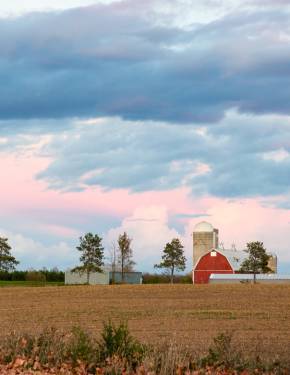Hummingbird Migration in Minnesota 2026
To see the world's tiniest and most lovable bird is a rare but memorable experience in Minnesota
Best time: May–August
Whereas various hummer species call the western US their home, only one is a resident breeder and migrant in Minnesota. So if you spot a wee zippy bird with a saber-like beak, you can hardly confuse the critter for something else—you can be 99.99% certain that you're looking at the ruby-throated hummingbird (Archilochus colubris). In exceptional cases, you could encounter a rufous hummingbird (Selasphorus rufus). This accidental vagrant is the only other species found in the Land of 10,000 Lakes.
Viewed as local celebrities, the ruby-throats winter mostly beyond the Gulf Coast, in Central America, and breed throughout eastern states and south-eastern Canada. Males set off on spring migration first, usually in February, and arrive in Minnesota by late April or early May. Females follow up a week or two later when males have already established the territories.
Hummingbirds usually nestle in deciduous trees or shrubs, often close or directly above the water. However, these nests are unspeakably small and well-camouflaged. They resemble a miniature open cup, the size of a golf ball.
By early August, males are done with their northern vacation and start moving back south, and females will once again follow afterwards. August is a great time to watch the hummers fattening up at backyard feeders all across the state, including the Twin Cities. The birds gain 25–40% of their weight to complete this long-distance migration.
Prepare your yard for the hungry guests and put out several feeders filled with artificial nectar (one part sugar to four parts water). During the height of the season, a gang of hummingbirds will strategically empty the sugar water in no time. However, keep an eye on the feeder being clean and filled with a fresh solution during the lower season. The ingredients cost pennies, whereas hummers' lives are priceless.

